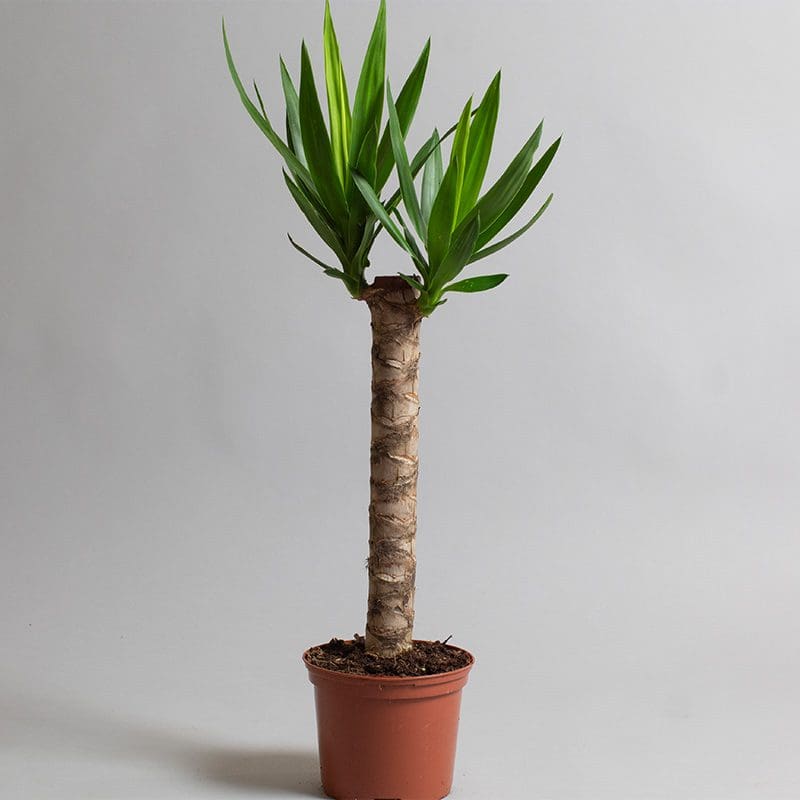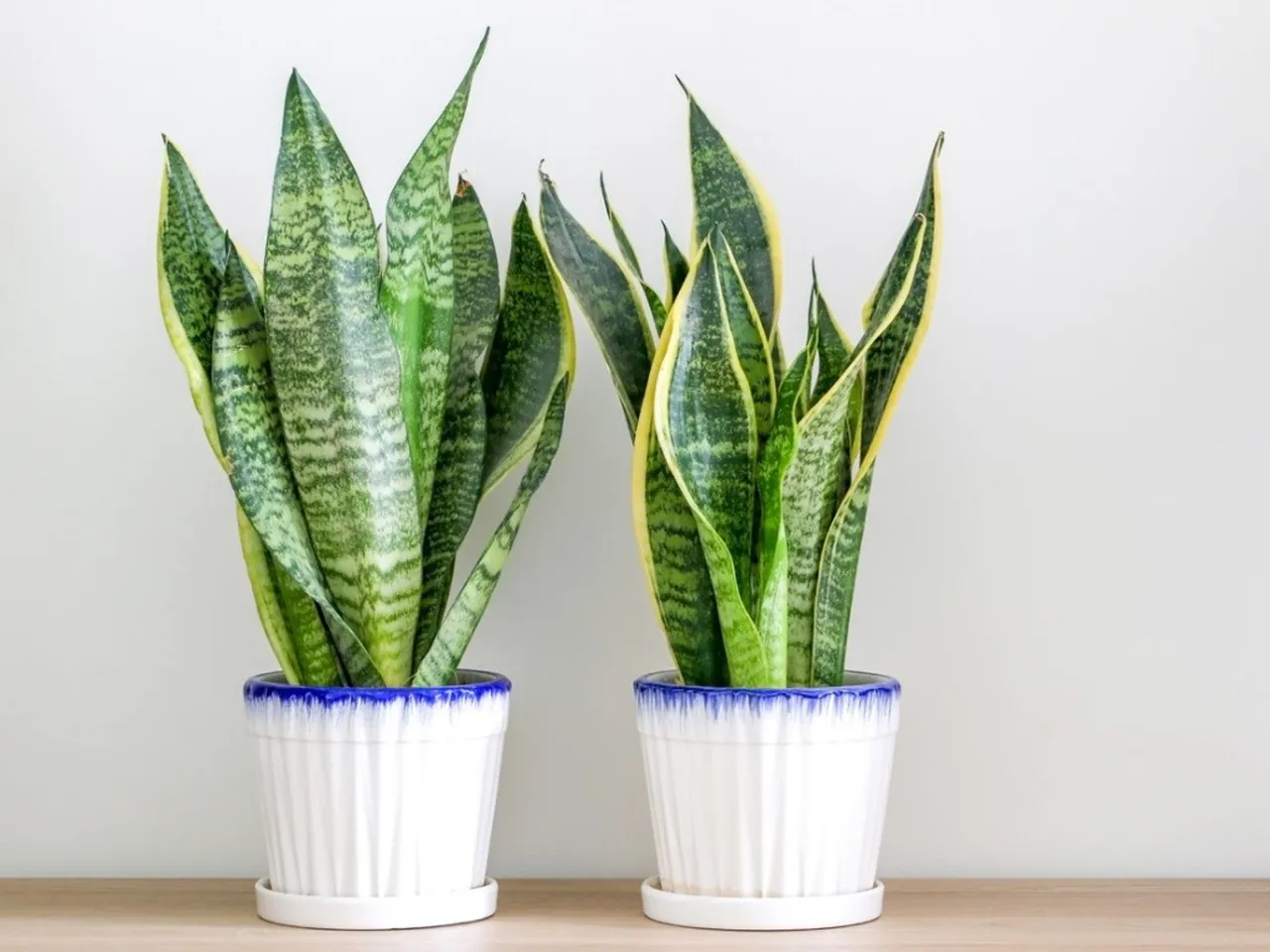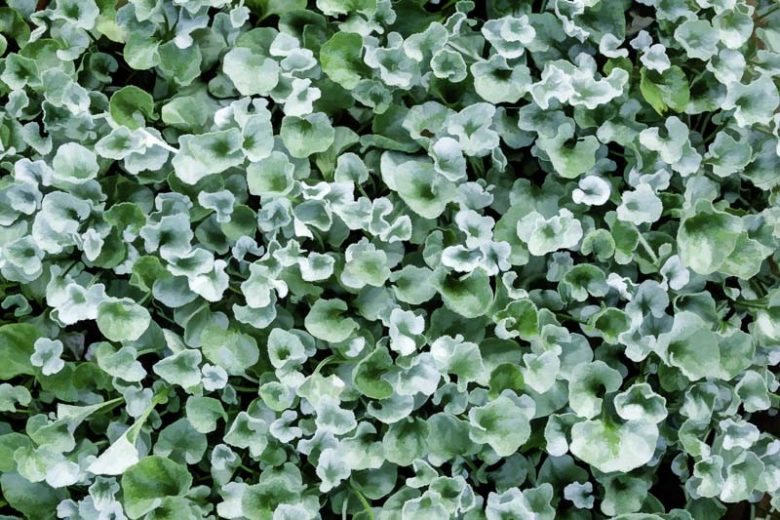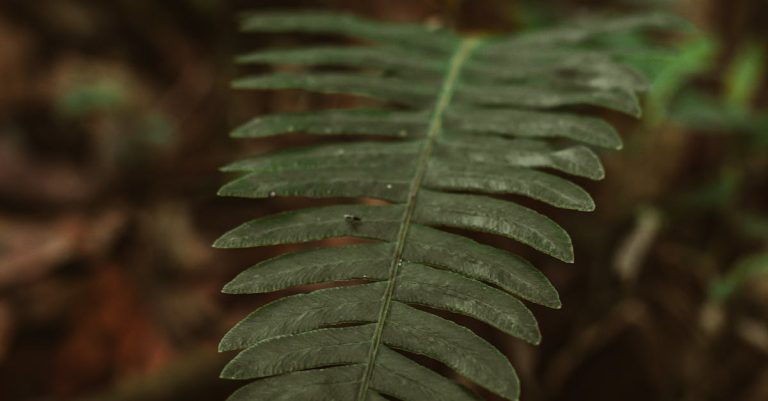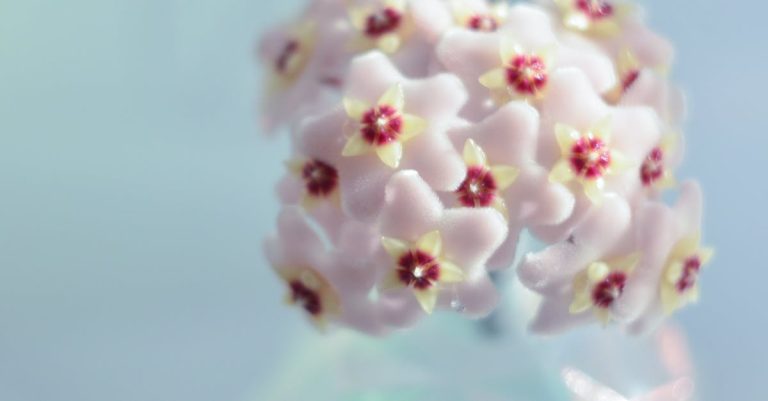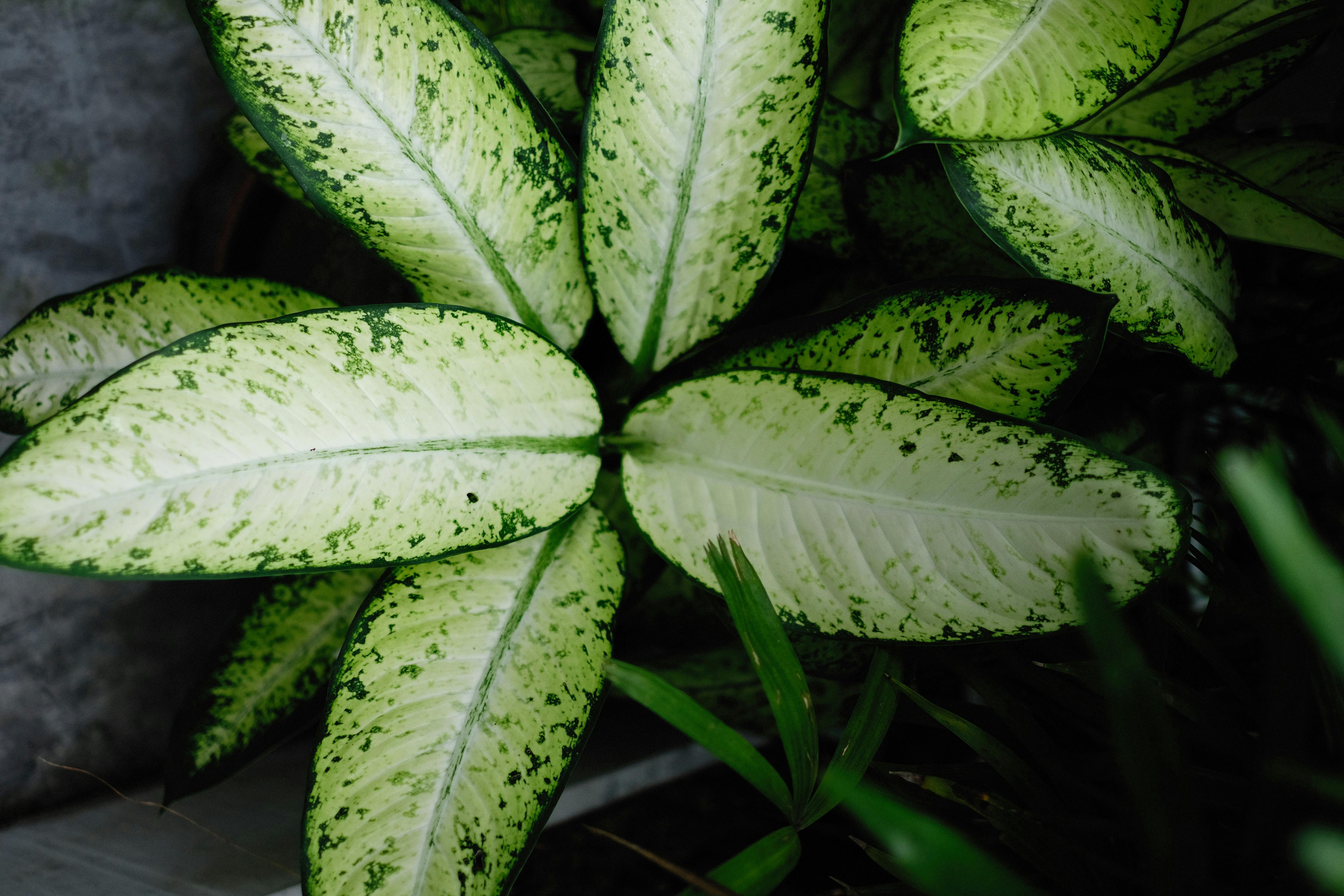How To Care For Yucca Plant (Yucca)
Did you know that Yucca plants are native to hot, arid regions of the Americas, such as Mexico and the southwestern United States? These striking, drought-resistant plants have become popular choices for indoor and outdoor gardens due to their unique appearance and low-maintenance nature.
Yucca plants have a long history of cultivation by Native American tribes for both practical and ceremonial purposes. Today, they are cherished by gardeners for their ability to thrive in a variety of conditions and their striking foliage, which can add a dramatic touch to any landscape.
One key element to caring for Yucca plants is ensuring they receive enough sunlight. These plants thrive in bright, indirect light, so make sure to place them near a sunny window or in a spot with plenty of natural light. Overwatering is a common mistake when it comes to caring for Yucca plants, as they are highly susceptible to root rot. To avoid this, allow the soil to dry out between waterings and use a well-draining potting mix.
Another important aspect of caring for Yucca plants is regular pruning. Remove any dead or yellowing leaves to encourage new growth and maintain the plant’s overall health. Additionally, fertilize Yucca plants during the growing season with a balanced fertilizer to promote healthy growth and vibrant foliage. By following these simple care tips, you can enjoy beautiful, thriving Yucca plants in your home or garden for years to come.
:max_bytes(150000):strip_icc():format(webp)/grow-yucca-inside-1902500-02-94f8cb21084545c699097dac69efddd1.jpg?auto=compress&cs=tinysrgb&h=650&w=940)
How to Properly Care for Your Yucca Plant (Yucca)
Yucca plants are a popular choice for indoor and outdoor gardens due to their unique appearance and easy maintenance. To ensure your yucca plant thrives, it is important to understand the proper care techniques, including watering, sunlight exposure, soil requirements, and potential pests. By following these guidelines, you can keep your yucca plant healthy and vibrant all year round. Read on to learn more about the best practices for caring for your yucca plant.

Light
Yucca plants thrive in bright, indirect light. They can also tolerate some direct sunlight, but too much direct sun can cause their leaves to burn. Place your yucca plant near a window where it can receive plenty of natural light throughout the day.
Water
Yucca plants are drought-tolerant and prefer to dry out between waterings. Water your yucca plant thoroughly, allowing excess water to drain out of the bottom of the pot. Wait until the top few inches of soil are dry before watering again. Overwatering can lead to root rot, so it’s important to let the soil dry out completely.
Soil
Yucca plants prefer well-draining soil to prevent waterlogged roots. A cactus or succulent mix works well for yucca plants, or you can add sand or perlite to regular potting soil to improve drainage.
Temperature
Yucca plants prefer temperatures between 60-80°F (15-27°C). They can tolerate occasional dips in temperature, but it’s best to keep them away from drafts or extreme temperature changes.
Fertilizer
Yucca plants do not require frequent fertilizing. You can feed your yucca plant with a balanced houseplant fertilizer once a month during the growing season (spring and summer). Avoid over-fertilizing, as this can lead to salt buildup in the soil.
Propagation
Yucca plants can be propagated by stem cuttings or division. To propagate from stem cuttings, cut a healthy stem from the parent plant and allow it to callus for a few days before placing it in a pot with well-draining soil. To propagate by division, carefully separate the offsets (baby plants) from the parent plant and plant them in their own pots.
Pests
Yucca plants are relatively pest-resistant but can sometimes attract spider mites or mealybugs. Keep an eye out for any signs of pests, such as webbing or white cottony residue on the leaves. You can treat pest infestations with insecticidal soap or neem oil.
Overall, yucca plants are low-maintenance and can thrive with minimal care. With the right conditions and proper watering schedule, your yucca plant can grow and flourish for many years to come.
Yucca plants are a popular choice for indoor plant enthusiasts, with over 40 species and varieties to choose from.
What is the best location for a yucca plant?
The best location for a yucca plant is in a spot that receives plenty of bright, indirect sunlight. Yucca plants can also tolerate some direct sunlight, but be cautious of intense, midday sun which can scorch the leaves.
How often should I water my yucca plant?
Yucca plants are drought-resistant and prefer to dry out between waterings. Water your yucca plant thoroughly, allowing excess water to drain out of the pot, and then wait until the top inch or two of soil is dry before watering again. On average, this may be every 1-2 weeks depending on environmental conditions.
Should I fertilize my yucca plant?
Yucca plants do not require frequent fertilizing, but you can feed them with a balanced, water-soluble fertilizer diluted to half strength every 2-3 months during the growing season (spring and summer).
How do I prune a yucca plant?
To prune a yucca plant, simply remove any dead or damaged leaves by cutting them off at the base. You may also trim any excess growth to maintain the desired shape of the plant.
How do I repot a yucca plant?
When repotting a yucca plant, choose a pot that is only slightly larger than the current one to prevent overwatering. Gently remove the plant from its pot, shake off excess soil, and place it in the new pot with fresh potting mix. Water the plant thoroughly after repotting.
Why are the leaves of my yucca plant turning brown?
Brown leaves on a yucca plant may be a sign of underwatering, overwatering, or low humidity. Ensure you are watering your plant appropriately and providing enough humidity by misting the leaves occasionally.
Can yucca plants be grown outdoors?
Yucca plants can be grown outdoors in USDA hardiness zones 4-11, depending on the species. Ensure they are planted in well-draining soil and protected from extreme temperatures and frost.
How do I propagate a yucca plant?
Yucca plants can be propagated by division or stem cuttings. Dividing the plant at the root ball or taking stem cuttings and rooting them in water or soil are common methods of propagation.
Are yucca plants safe for pets?
Yucca plants are generally considered toxic to pets if ingested. Keep yucca plants out of reach of pets or opt for pet-friendly plant alternatives if you have animals in the home.
How do I prevent pests on my yucca plant?
To prevent pests on your yucca plant, regularly inspect the leaves for signs of pests like spider mites or mealybugs. If pests are present, wipe the leaves with a damp cloth or treat with insecticidal soap according to the product instructions.
Conclusion
Overall, caring for a Yucca plant is relatively simple as long as you keep in mind a few key guidelines. Providing adequate sunlight, well-draining soil, and proper watering techniques are crucial for the health and vitality of your Yucca plant. Remember to check the moisture levels of the soil regularly and adjust your watering schedule accordingly. Additionally, pruning dead or damaged leaves can help promote new growth and keep your plant looking its best.
Furthermore, be mindful of the temperature and humidity levels in your home, as extreme fluctuations can negatively impact your Yucca plant. Finally, keeping an eye out for common pests and diseases, such as spider mites and root rot, can help prevent any potential issues from arising. By following these tips and practices, you can ensure that your Yucca plant thrives and adds a touch of greenery and elegance to your indoor space.
